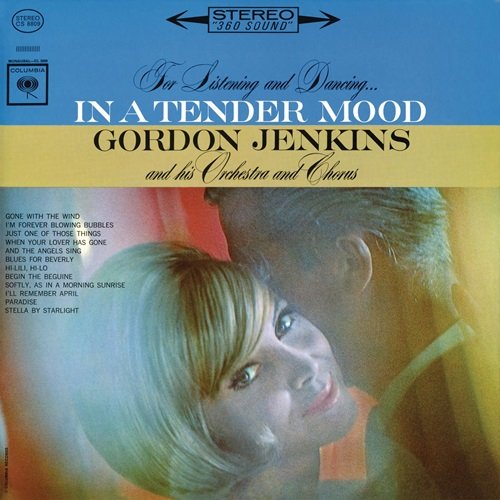Musica Fiorita, Daniela Dolci - Rossi: Sant'Alessio (2016)
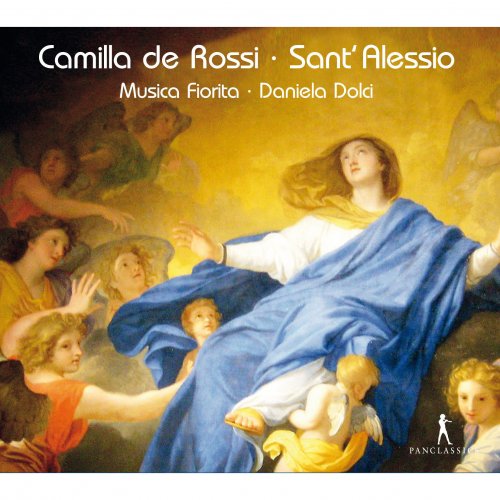
Artist: Musica Fiorita, Daniela Dolci
Title: Rossi: Sant'Alessio
Year Of Release: 2016
Label: Pan Classics
Genre: Classical
Quality: flac lossless (tracks) +Booklet
Total Time: 01:04:44
Total Size: 310 mb
WebSite: Album Preview
TracklistTitle: Rossi: Sant'Alessio
Year Of Release: 2016
Label: Pan Classics
Genre: Classical
Quality: flac lossless (tracks) +Booklet
Total Time: 01:04:44
Total Size: 310 mb
WebSite: Album Preview
01. Sant'Alessio, Pt. 1: Se quel Dio che in ogni opra è tutto amore
02. Sant'Alessio, Pt. 1: Dove sei bramata stella
03. Sant'Alessio, Pt. 1: Non è mai sereno un ciglio
04. Sant'Alessio, Pt. 1: Basta sol che casto sia
05. Sant'Alessio, Pt. 1: Sonori concenti quel'aure animate
06. Sant'Alessio, Pt. 1: Quando meta è del desio
07. Sant'Alessio, Pt. 1: Credi, o bella, ch'io t'adoro
08. Sant'Alessio, Pt. 1: Cielo, pietoso Cielo
09. Sant'Alessio, Pt. 2: Sinfonia-Allesio, ove t'aggiri?
10. Sant'Alessio, Pt. 2: O rallenta in me l'affanno
11. Sant'Alessio, Pt. 2: A guerra mi sfida
12. Sant'Alessio, Pt. 2: È la vita un mare ondoso
13. Sant'Alessio, Pt. 2: Un barbaro rigor
14. Sant'Alessio, Pt. 2: Duol sofferto per amore
15. Sant'Alessio, Pt. 2: Mi pasco di pene ma caro è il penar
16. Sant'Alessio, Pt. 2: Io ti stringo a questo sen
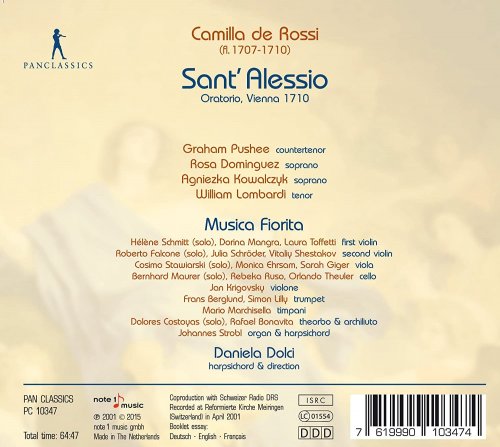
Several women are known to have composed music in Northern Italy and Austria during the period 1670 to 1725. Of those women, though there is no remaining biographical information, Camilla de Rossi (fl. 1707–1710) by far has the most surviving works. The only known biographical detail about Camilla is her Roman citizenship: she always signed the title pages of her manuscripts as Romana, or a woman of Roman descent. Where she learned the skills as a musician and as a composer are entirely unknown today.
Rossi composed four oratorios for solo voices and orchestra, all of which were commissioned by Emperor Joseph I of Austria and performed in the Imperial Chapel in Vienna. In many details the style of the instrumental parts resemble those of Arcangelo Corelli, who at this time was Rome’s musical magnet, so to speak, and whose Classical instrumental works were extensively studied by every composer. The elaborate fashioning of the individual voices, the variety of tonal colours and the diversity in the orchestration are, besides the plasticity of the representation of the musical effects, characteristic of Camilla de Rossi’s oratorios.
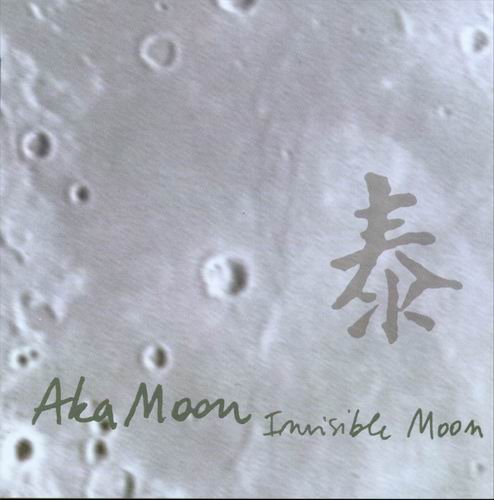



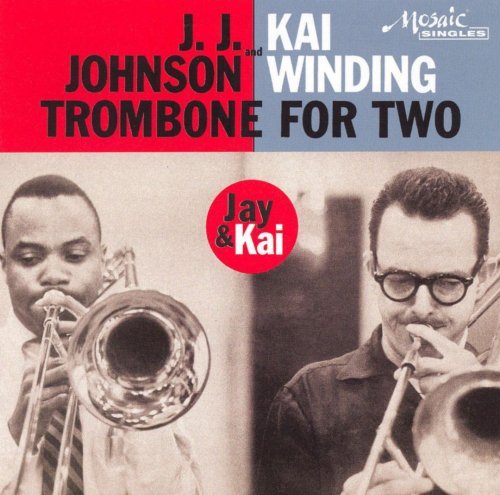
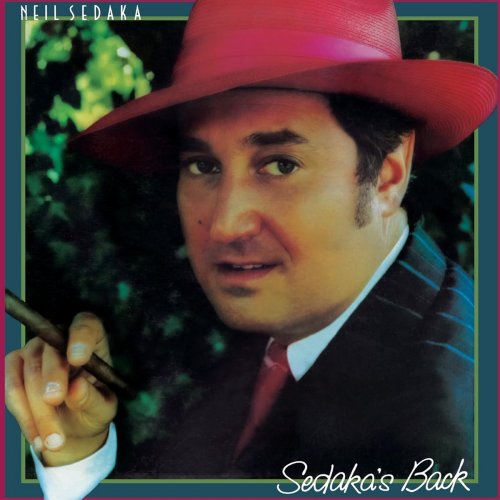

![Marcello Crocco - Flauto Magico (2025) [Hi-Res] Marcello Crocco - Flauto Magico (2025) [Hi-Res]](https://www.dibpic.com/uploads/posts/2025-10/1761545047_a2714045478_10.jpg)
